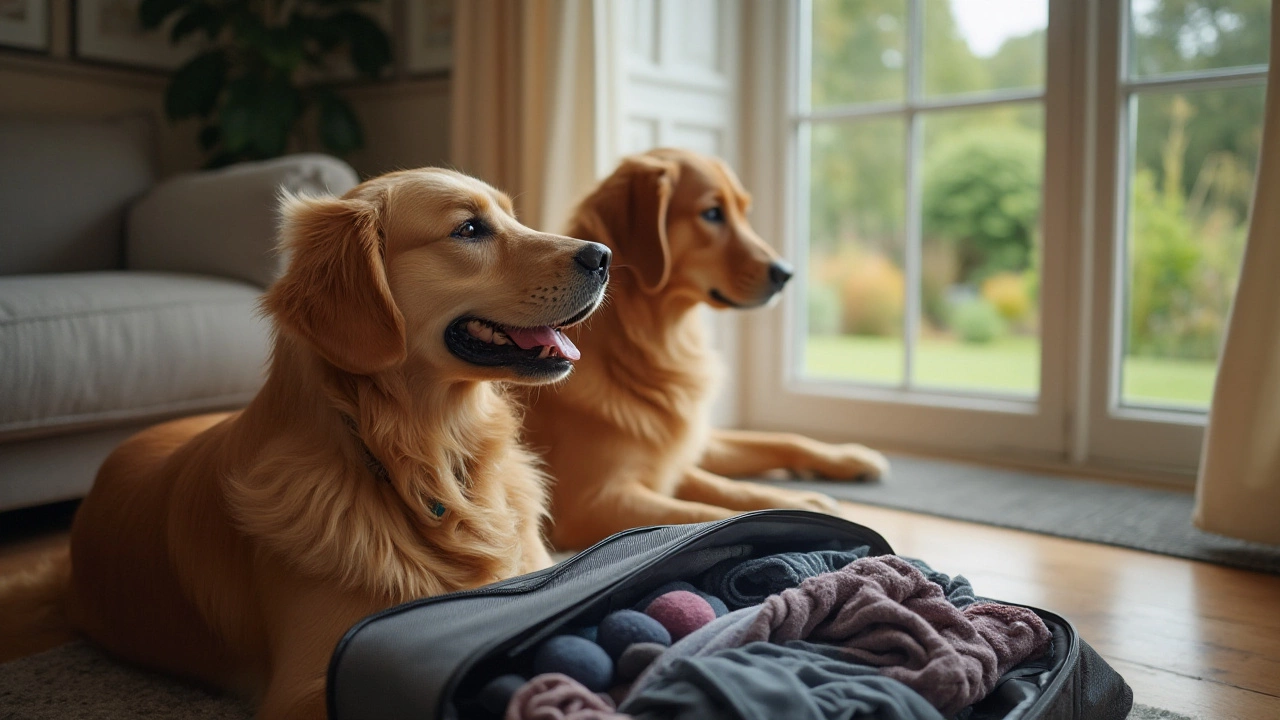Dog Anxiety – Simple Ways to Calm Your Pup
If your dog trembles on a thunderstorm, barks at the doorbell, or whines on a car ride, you’re dealing with anxiety. It’s not just a quirky habit; stress can affect their health, behavior, and happiness. The good news? You can lower those jitters with a few easy steps and the right gear.
Quick Relief Tools
One of the fastest fixes is a calming collar. These pheromone collars release a scent that mimics the mother’s calming chemicals. Many owners notice a drop in barking and pacing within a few days. Look for a collar that’s vet‑approved and fits snugly without rubbing.
Natural supplements are another option. A small spoon of plain Greek yogurt adds probiotics that soothe the gut‑brain link, while a dash of olive or fish oil boosts omega‑3s for a calmer mind. Start with a tiny amount and watch how your dog reacts.
When travel is the trigger, prep your pup ahead of time. A light snack an hour before the flight, a favorite chew toy, and a TSA‑approved carrier keep the stress low. Some owners also use a short dose of a vet‑recommended calming aid – just be sure it’s safe for flying.
Everyday Strategies
Routine matters. Feed meals at the same times each day, keep walks on a regular schedule, and provide a dedicated safe spot—like a crate or a cozy bed—where your dog can retreat. If your dog likes sleeping with you, test whether that worsens separation anxiety later. Sometimes a separate, comfy dog bed works better.
Exercise is a natural anxiolytic. A brisk 30‑minute walk burns excess energy that would otherwise turn into nervous pacing. Mix in short training sessions to keep the brain engaged and reward calm behaviour with treats.
Watch the diet, too. Pumpkin is great for digestion but too much can cause loose stools, which adds stress. Use a spoonful mixed into food once a day and monitor the reaction.
Finally, keep an eye on triggers. Loud fireworks, new environments, or a change in household routine can spark anxiety. Gradual exposure—letting your dog sniff a new space for a minute, then a few—helps them build confidence without overwhelm.
Combine these tools with patience, and you’ll see your pup relax more often than it tenses. The key is to stay observant, adjust what’s not working, and celebrate the calm moments when they show up.
Does Your Dog Worry You Won't Return? Insights on Dog-Friendly Vacations
Exploring whether dogs fear their owners won't return, this article delves into the canine psyche and what separation means for them. It provides useful tips to alleviate anxiety when traveling and highlights the importance of creating a dog-friendly travel plan. Offering insights into how departures and arrivals are perceived by dogs, readers will learn strategies to ensure a stress-free holiday for their furry companion.
